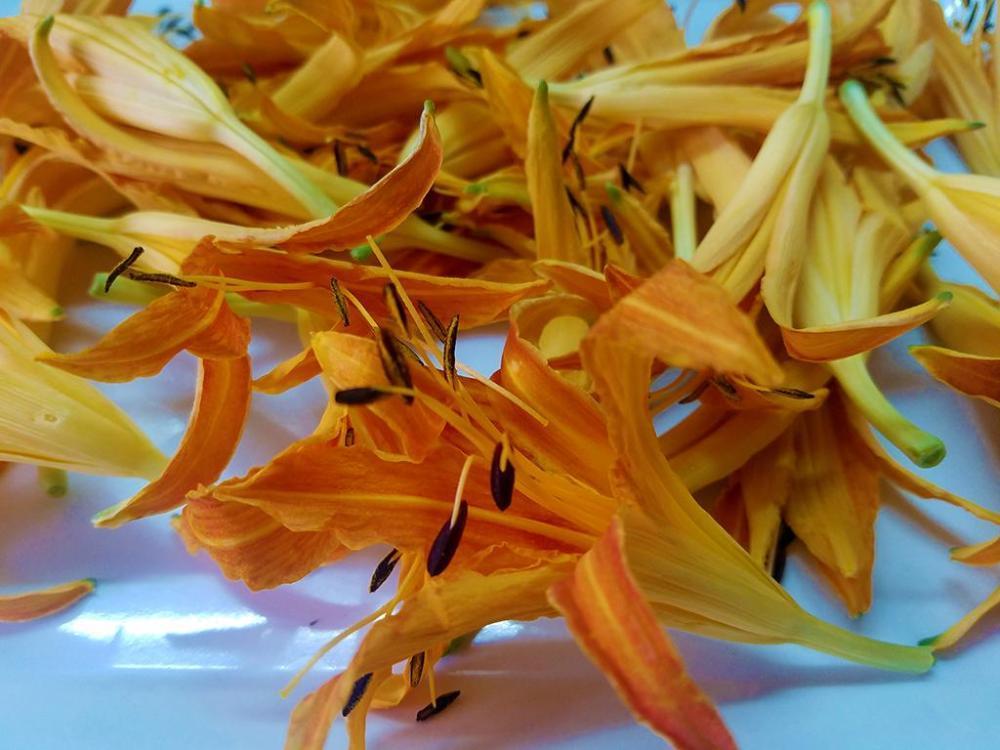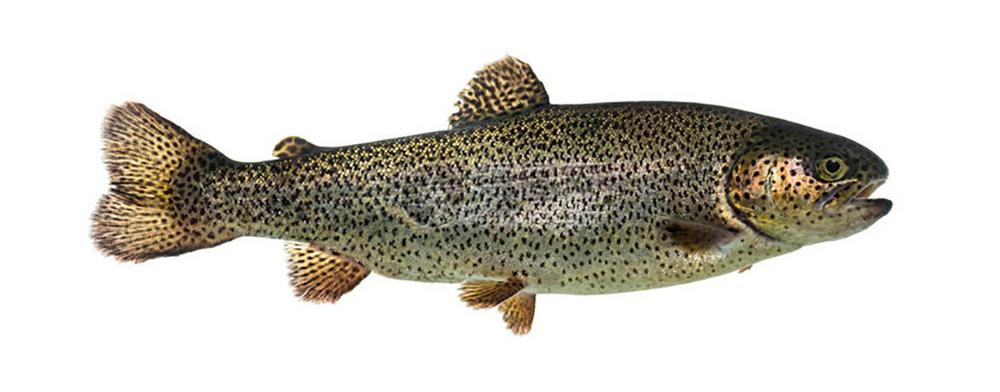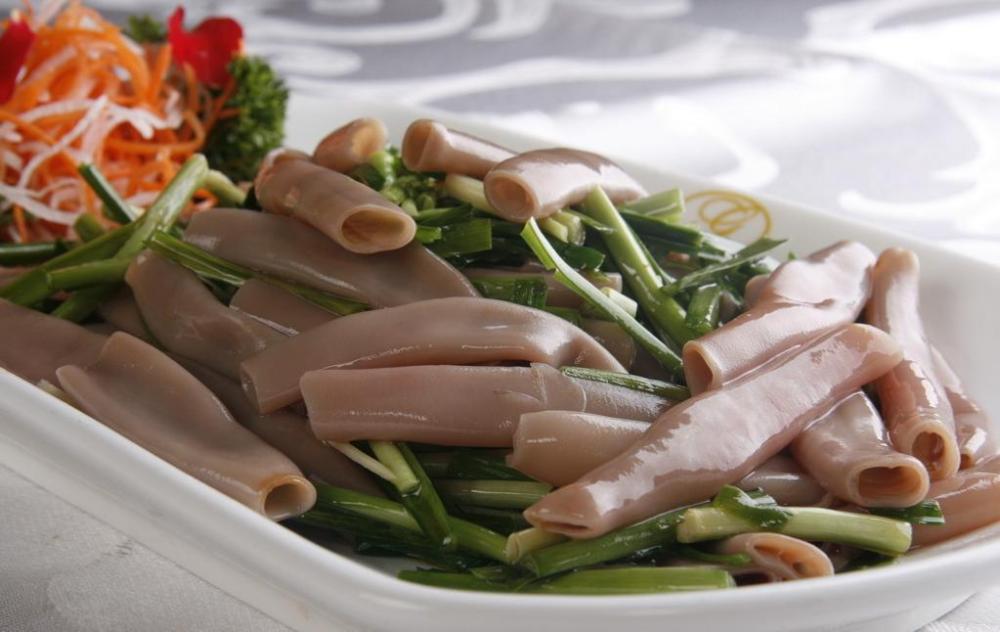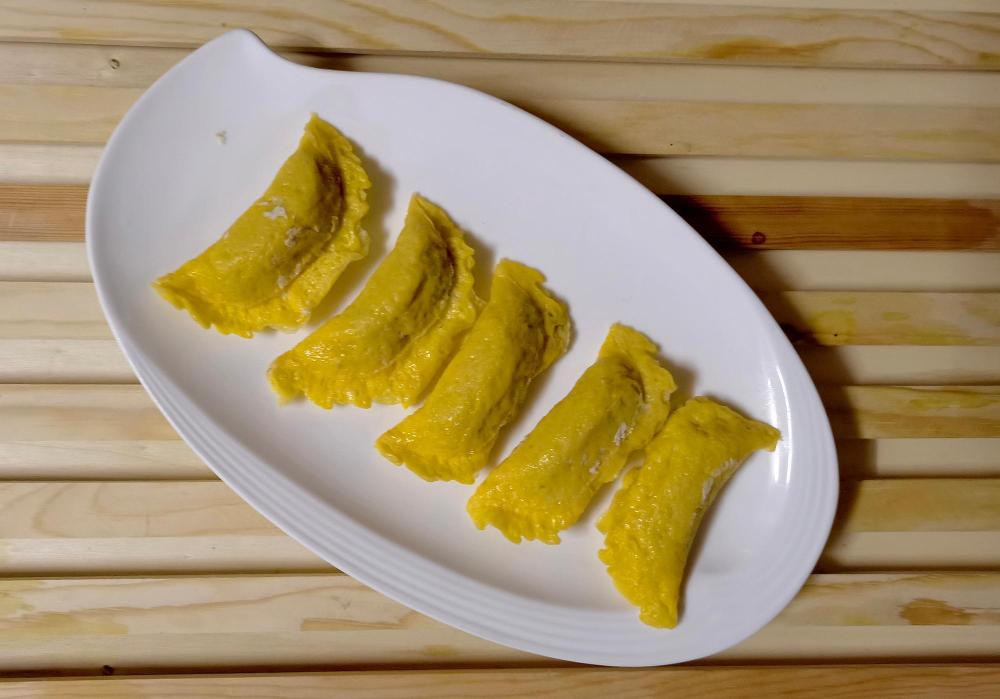东北 Cuisine – North-Eastern Cuisine Part Three – 辽菜 (liáo cài) - Liaoning (liáo níng) Cuisine
Liaoning, literally meaning ‘far away and peaceful’, is to the south east of Jilin, also bordering Inner Mongolia to the north-west, Hebei to the south-west, North Korea to the south-east and Yellow Sea to the south. The capital is 沈阳 (shěn yáng), Shenyang, formerly known as Mukden. This is where the Japanese invasion of China started in 1931.
In the Qing Dynasty (1644-1911), it served as the Imperial pantry, with many of its rarer and more luxurious ingredients shipped to Beijing for the court’s meals, but was far enough away from Beijing for the times (the high speed rail hadn’t quite started yet) to be peaceful, away from the court intrigues, hence the name. Maybe.
The province shares many of the features of the rest of the north-east, but also that of Beijing cuisine, the influences being two way, so 御膳 (yù shàn) or 宫廷菜 (gōng tíng cài), Imperial cuisine impacted the local use of the ingredients it was sending the emperor. I’ll say more about Imperial cuisine when we get to Beijing.
Also Liaoning’s fertile, mixed terrain of mountains, seas, forests, lakes, grass and sand allow for a wider than normal range of products to be grown or foraged.
The North-East region is famous for 饺子 (jiǎo zi), the dumplings known today all over China and the rest of the world. Whether the jiaozi are boiled to make (水饺 - shuǐ jiǎo), steamed to make (蒸饺 - zhēng jiǎo) or fried to nake (锅贴 - guō tiē or 煎饺 - jiān jiǎo), these are a huge part of Chinese culture with whole groups of friends or whole families gathering together before major holidays to prepare them. Chinese New Year is unthinkable without them.
Boiled Jiaozi
Many people consider 老边区 (lǎo biān qū), Laobian disrtrict in 营口市 (yíng kǒu shì) Yingkou city on Liaoning southern coast to be the best. Types include 三鲜饺子 (sān xiān jiǎo zi), or three delicacy jiaozi (filling being leek, fresh pork and dried small shrimps); 茴香鲜肉饺子 (huí xiāng xiān ròu jiǎo zi), pork and fennel jiaozi; and 西葫芦鲜肉饺子 (xī hú lu xiān ròu jiǎo zi) , pork and zucchini jiaozi. There are of course many other fillings available across China. I’ve even eaten ice cream jiaozi in Beijing!
I must here mention 海肠水饺 (hǎi cháng shuǐ jiǎo). Chinese penis fish jiaozi! These are Urechis unicinctus and are only found off the southern coast of Liaoning in the Bohai Gulf, as well as Korea and Japan, so relatively rare. The similar-looking American Urechis caupo found in America’s west coast is a different species. Besides being used as a jiaozi filling, they can be stir-fried with vegetables. They can also be dried and ground for use as an MSG substitute as they also enhance umami.
Stir fried penis fish - image baike.so.com
蛋饺 (dàn jiǎo), egg jiaozi are popular here, too. The jiaozi are not filled with egg. Instead the wrapper is. Like a mini omelette.
Egg Jiaozi
A famous patriotic general 张学良 (zhāng xué liáng), Zhang Xueliang, a famous general, son of a warlord, but later served in the army under both the Nationalist leader, 蒋介石 (jiǎng jiè shí) or, as he is known in the west, Chiang Kai-shek and then under Communist leader, Mao, spoke highly of four Liaoning dishes, namely 小炒猪腰 (xiǎo chǎo zhū yāo) stir-fried kidney, 小炒猪肝 (xiǎo chǎo zhū gān), stir-fried liver, 炸肉丸 (zhá ròu wán) fried meatballs and 小炒百合 (xiǎo chǎo bǎi hé) stir-fried day lilies.

Day Lily Flowers
Some more unusual Liaoning dishes are 白肉血肠 (bái ròu xuè cháng), boiled pork with blood sausage; 熊掌 (xióng zhǎng), bear paw with dried shrimp and rape (today it doesn’t usually include actual bear paw, which would be illegal, although there is a black market); 炖驼鹿鼻子 (dùn tuó lù bí zi) stewed moose nose; and 鸟巢 (niǎo cháo) bird’s nest. 腊八蒜 (là bā suàn), Laba garlic which is an alarmingly green pickled garlic.
Sea food is, of course available, especially by the southern coast. Shrimps, oysters, clams, crab, sea cucumber and sadly, shark fin are all available as well as as wide range of fish, including 虹鳟 (hóng zūn), rainbow trout which is not so common around China.

Rainbow Trout
Where to next?







